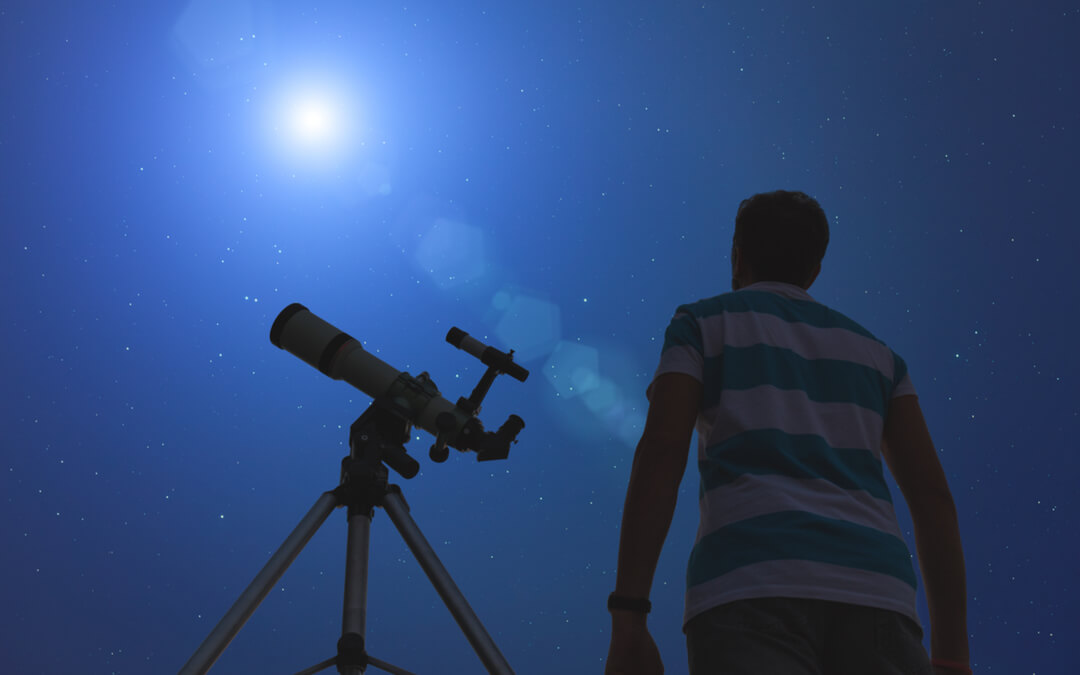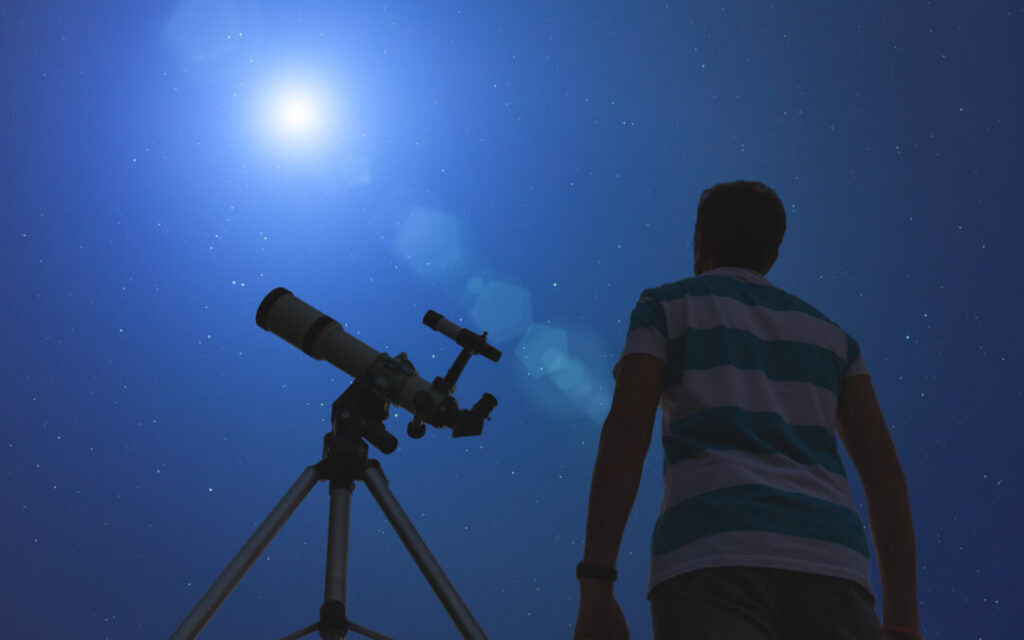Explore infinity and beyond with your whole family from the comforts of your backyard. Sky watching is a perfect way to spend time together and drop just a hint of science knowledge on your kids. Astronomers and sky scientists have released their lunar and solar eclipse predictions for 2017, with the first penumbral lunar eclipse taking place in February. It doesn’t take a NASA scientist to understand what’s happening up there, and you don’t need to be an astronaut to appreciate it. We’ll outline the basics, so you can be an out of this world parent and overshadow the others with your eclipse knowledge.
Solar eclipse science
On Monday, August 21 of 2017, NASA scientists expect an impressive total solar eclipse to be visible across the United States. Parts of Africa and South America are in the path of an annular solar eclipse in late February this year. Solar eclipses can only happen if the Sun, Moon, and Earth are lined up during a new Moon phase. A new Moon is dark in the sky, so you can’t really see it. The Moon takes about 28 days to move through its phases. Solar eclipse alignment only happens about twice a year.
A solar eclipse is when the Moon blocks the Sun, casting a shadow on Earth. There are four kinds of solar eclipses. A total solar eclipse happens when the Moon completely covers the Sun. Partial solar eclipses occur when the Moon only blocks part of the Sun. Annular solar eclipses happen when the Moon crosses between Earth and the Sun, but the Moon is located farther away from Earth. Since the Moon is farther away, it’s too small to cover the Sun completely. Because of this the sun is partially visible and looks like a ring of fire. Hybrid solar eclipses are rare. They start as an annular eclipse and become total solar eclipses.
Observe solar eclipses without going blind
The problem with viewing solar eclipses is that you’re looking directly at the sun. This is damaging to your eyes. The best way to observe a solar eclipse is to use the right equipment. Local scientists and skywatching groups often make their tools available to the community during these events. Or, you can invest in your own. Pinhole cameras and pinhole mirrors are relatively simple to construct from everyday materials, such as binoculars, mirrors or small telescopes and paper.

Lunar eclipse knowledge
Lunar eclipses occur opposite from solar eclipses, with regard to the Moon’s phases. While solar eclipses only occur during the new Moon phase, lunar eclipses happen with a full Moon. Similar to a solar eclipse, for a lunar eclipse to take place the Moon, Sun and Earth have to align. During a lunar eclipse, Earth blocks the Sun and casts a shadow on the Moon. A penumbral lunar eclipse is expected on February 11 of this year. Also, a partial eclipse is predicted for early August.
There are three types of lunar eclipses. A total lunar eclipse is when Earth’s full shadow hides the Moon, but it doesn’t go completely dark. The sunlight still creates a dim glow, usually with a red tint. This is why these eclipses are sometimes called Blood Moons. Partial lunar eclipses happen when the Earth and the Moon aren’t perfectly aligned, so the shadow doesn’t totally cover the Moon’s surface. Penumbral lunar eclipses are hard to notice because the Earth just passes the outer shadow. But, the Moon, Sun, and Earth aren’t perfectly aligned.
Easy lunar eclipse observation
Lunar eclipses are visible all across the night sky, unlike solar eclipses that are only seen along narrow paths. Viewing a lunar eclipse is easier because you don’t need any special equipment. A clear sky is the most important factor. However, some people decide to use binoculars or telescopes to get a better look at the Moon’s surface. You also have a longer window to catch a glimpse of lunar eclipses. They typically last longer than an average solar eclipse.
Sky watching is a fun way to get some family time and maybe learn something in the process. Exploring outer space together will prove your status as an out of this world parent, without astronomical costs. Mark the 2017 solar and lunar eclipses on your calendar and discover the universe beyond Earth’s atmosphere.






